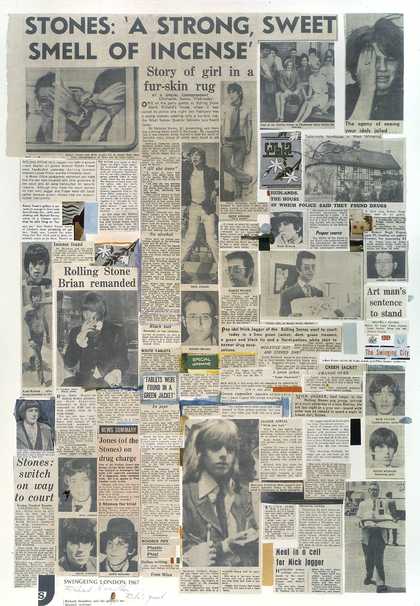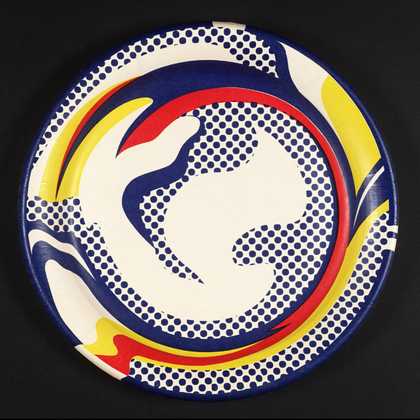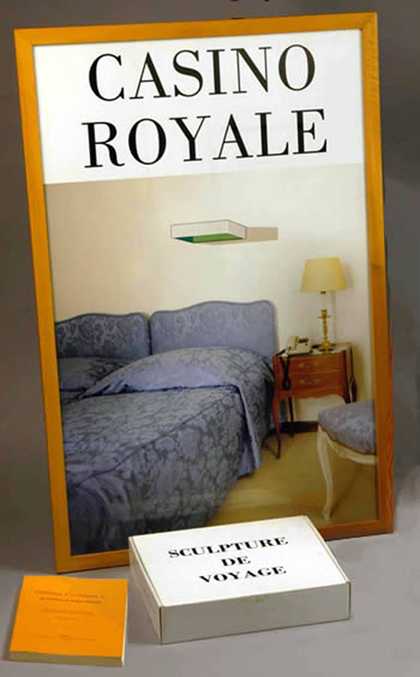
Richard Hamilton
Swingeing London 67 - poster (1967–8)
Tate

Roy Lichtenstein
Untitled (Paper Plate) (1969)
Tate

Rodney Graham
Casino Royale (Sculpture de Voyage) (1990)
Tate
Casting sculpture in bronze, and the various techniques of printmaking, have for many centuries made it possible to make multiple examples of a work of art. Each example of an edition of a print or a bronze is an authentic work of the artist, although there may be technical variations which might affect the value. The number produced is usually strictly limited, mainly for commercial reasons but, in the case of etchings in particular, also for technical reasons – etching plates wear very rapidly, so later impressions are inferior.
About 1955, the artists Jean Tinguely and Agam, wanting to make their work more widely available, put forward the idea of very large, effectively unlimited, editions of works which could be sold very cheaply. It is they who seem to have invented the term multiple for such works, which would be made using industrial processes. The first multiples were eventually produced by the Denise René Gallery in Paris in 1962, and since then large numbers of artists have created multiples.
